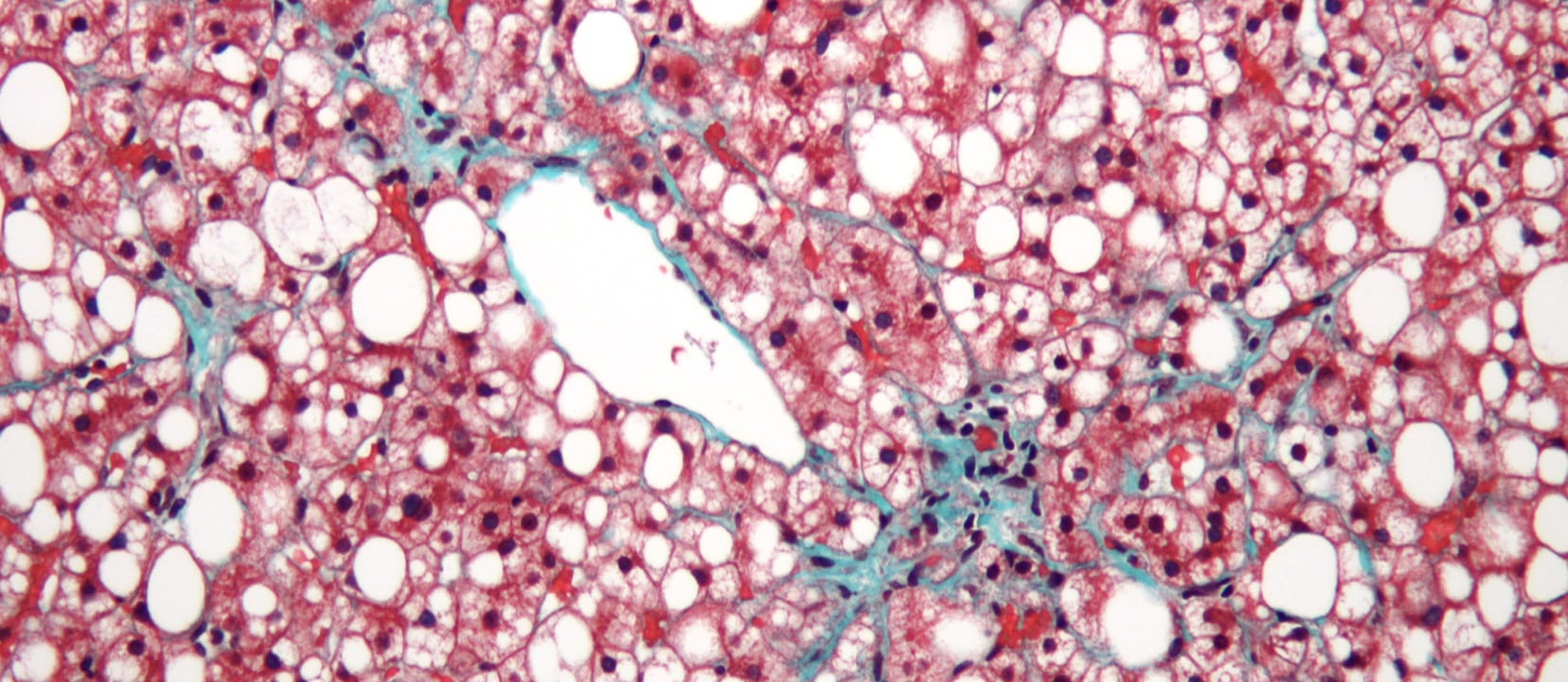Insulin resistance is the cause of both prediabetes and type 2 diabetes. Ok, so what is the cause of insulin resistance? Insulin resistance is now accepted to be closely associated with the accumulation of fat within our muscle cells. This fat toxicity inside of our muscles is a major factor in the cause of insulin resistance and type 2 diabetes, as it interferes with the action of insulin. I’ve explored how fat makes our muscles insulin resistant (see What Causes Insulin Resistance?), how that fat can come from the fat we eat or the fat we wear (see The Spillover Effect Links Obesity to Diabetes), and how not all fats are the same (see Lipotoxicity: How Saturated Fat Raises Blood Sugar). It’s the type of fat found predominantly in animal fats, relative to plant fats, that appears to be especially deleterious with respect to fat-induced insulin insensitivity. But this insulin resistance in our muscles starts years before diabetes is diagnosed.
In my video, Diabetes as a Disease of Fat Toxicity, you can see that insulin resistance starts over a decade before diabetes is actually diagnosed, as blood sugar levels slowly start creeping up. And then, all of the sudden, the pancreas conks out, and blood sugars skyrocket. What could underlie this relatively rapid failure of insulin secretion?
At first, the pancreas pumps out more and more insulin, trying to overcome the fat-induced insulin resistance in the muscles, and high insulin levels can lead to the accumulation of fat in the liver, called fatty liver disease. Before diagnosis of type 2 diabetes, there is a long silent scream from the liver. As fat builds up in our liver, it also becomes resistant to insulin.
Normally, the liver is constantly producing blood sugar to keep our brain alive between meals. As soon as we eat breakfast, though, the insulin released to deal with the meal normally turns off liver glucose production, which makes sense since we don’t need it anymore. But when our liver is filled with fat, it becomes insulin resistant like our muscles, and doesn’t respond to the breakfast signal; it keeps pumping out blood sugar all day long on top of whatever we eat. Then, the pancreas pumps out even more insulin to deal with the high sugars, and our liver gets fatter and fatter. That’s one of the twin vicious cycles of diabetes. Fatty muscles, in the context of too many calories, leads to a fatty liver, which leads to an even fattier liver. This is all still before we have diabetes.
Fatty liver can be deadly. The liver starts trying to offload the fat by dumping it back into the bloodstream in the form of something called VLDL, and that starts building up in the cells in the pancreas that produce the insulin in the first place. Now, we know how diabetes develops: fatty muscles lead to a fatty liver, which leads to a fatty pancreas. It is now clear that type 2 diabetes is a condition of excess fat inside our organs, whether we’re obese or not.
The only thing that was keeping us from diabetes – unchecked skyrocketing blood sugars – is that the pancreas was working overtime pumping out extra insulin to overcome insulin resistance. But as the so-called islet or Beta cells in the pancreas are killed off by the fatty buildup, insulin production starts to fail, and we’re left with the worst of both worlds: insulin resistance combined with a failing pancreas. Unable to then overcome the resistance, blood sugar levels go up and up, and boom: type 2 diabetes.
This has implications for cancer as well. Obesity leads to insulin resistance and our blood sugars start to go up, so our pancreas starts pumping out more insulin to try to force more sugar into our muscles, and eventually the fat spills over into the pancreas, killing off the insulin-producing cells. Then, we develop diabetes, in which case we may have to start injecting insulin at high levels to overcome the insulin resistance, and these high insulin levels promote cancer. That’s one of the reasons we think obese women get more breast cancer. It all traces back to fat getting into our muscle cells, causing insulin resistance: fat from our stomach (obesity) or fat going into our stomach (saturated fats in our diet).
Now, it should make sense why the American Diabetes Association recommends reduced intake of dietary fat as a strategy for reducing the risk for developing diabetes.
The reason I’m going into all this detail is that I’m hoping to empower both those suffering from the disease and those treating sufferers so as to better understand dietary interventions to prevent and treat the epidemic.
Here are some videos on prevention:
- How Not to Die from Diabetes
- Lifestyle Medicine Is the Standard of Care for Prediabetes
- How to Prevent Prediabetes in Children
- Preventing Prediabetes By Eating More
- How to Prevent Prediabetes from Turning into Diabetes
- Eggs and Diabetes
- Fish and Diabetes
And here are some on treatment:
- Reversing Diabetes With Food
- Diabetes Reversal: Is it the Calories or the Food?
- Plant-Based Diets for Diabetes
In health,
Michael Greger, M.D.
PS: If you haven’t yet, you can subscribe to my free videos here and watch my live, year-in-review presentations:
- 2012: Uprooting the Leading Causes of Death
- 2013: More Than an Apple a Day
- 2014: From Table to Able: Combating Disabling Diseases with Food
- 2015: Food as Medicine: Preventing and Treating the Most Dreaded Diseases with Diet
- 2016: How Not To Die: The Role of Diet in Preventing, Arresting, and Reversing Our Top 15 Killers
